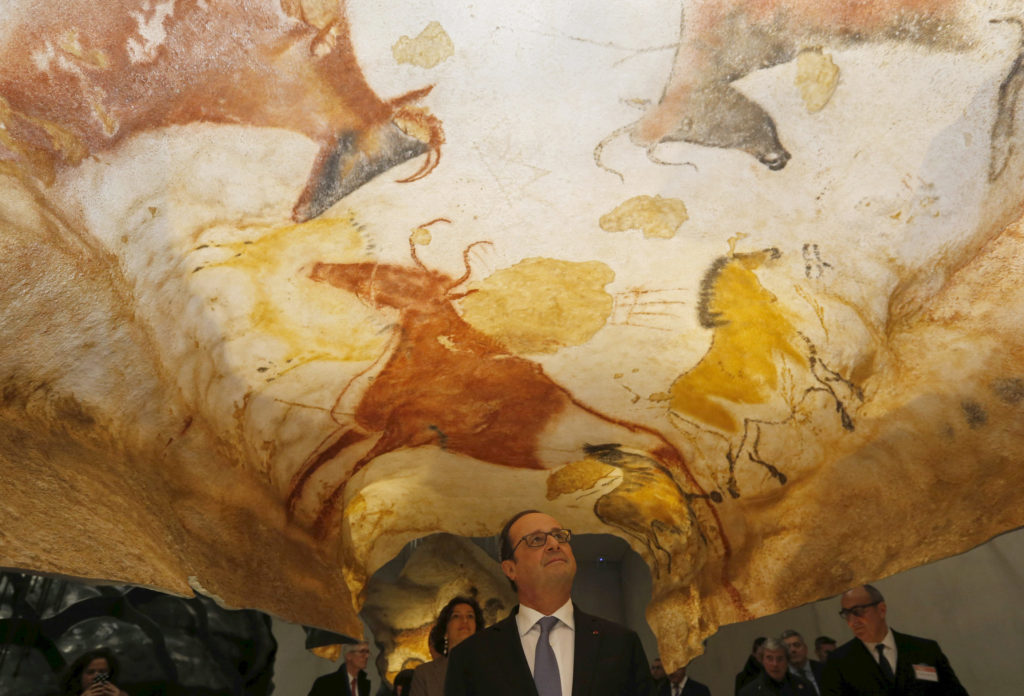Lascaux 4, Full-Size Replica Of Ancient Cave Paintings, Opens In Dordogne, France
/Often labeled the 'Sistine Chapel of prehistory', France's Lascaux cave paintings may be up to 20,000 years old. Included as a UNESCO world heritage site since 1979, the public has been banned from visiting the Lascaux caves since 1963. The caves were accidentally discovered by a group of boys in 1940, and for a period of time, visitors did tour the site. Archaeologists and art historians then discovered that the amount of carbon dioxide being exhaled by humans caused major damage to the integrity of the paintings, necessitating that they be closed from the general public forever.
In a wonderful gift to the worldwide public, Lascaux 4, a full-size replica of the ancient cave paintings has opened in the Dordogne region of France. The whole Lascaux cave will be the essential part of Montignac-Lascaux Parietal Art international Centre, devoted to using the latest image technology and virtual mediation to recreate the experience of actually walking through the Lascaux caves.
Nicolas St-Cyr, artistic decorator of Lascaux-4, officially known as the International Centre for Cave Paintings, is one of the few to have visited the real Lascaux. “It’s very special. You have the feeling you are in the presence of man 22,000 years ago when you see the paintings. These were talented artists, working by the light of animal oil lamps, and it’s like they were done yesterday. I was trembling when I came out.”
I made a fascinating discovery just now. Among the mysteries of the Lascaux caves is the reality that the paintings are almost all of animals. In Lascaux, there is only one man painted on the walls, amidst all the animals. In one of the most beautiful regions on earth, there are no paintings of flowers, trees or countryside. During this period (17,000-20,000 years ago) the predominant food was reindeer, and there are deer -- but no reindeer -- on the walls of Lascaux.
Because AOC is fascinated with the history of mammoths and also long-buried mammoth ivory in Siberia, I had to ask Google: are there any woolly mammoths painted on the walls of Lascaux? The answer is 'no', but my question is a good one. The nearby Rouffignac cave, with drawings from a similar time period, is best known for the large number of woolly mammoths on the walls.


